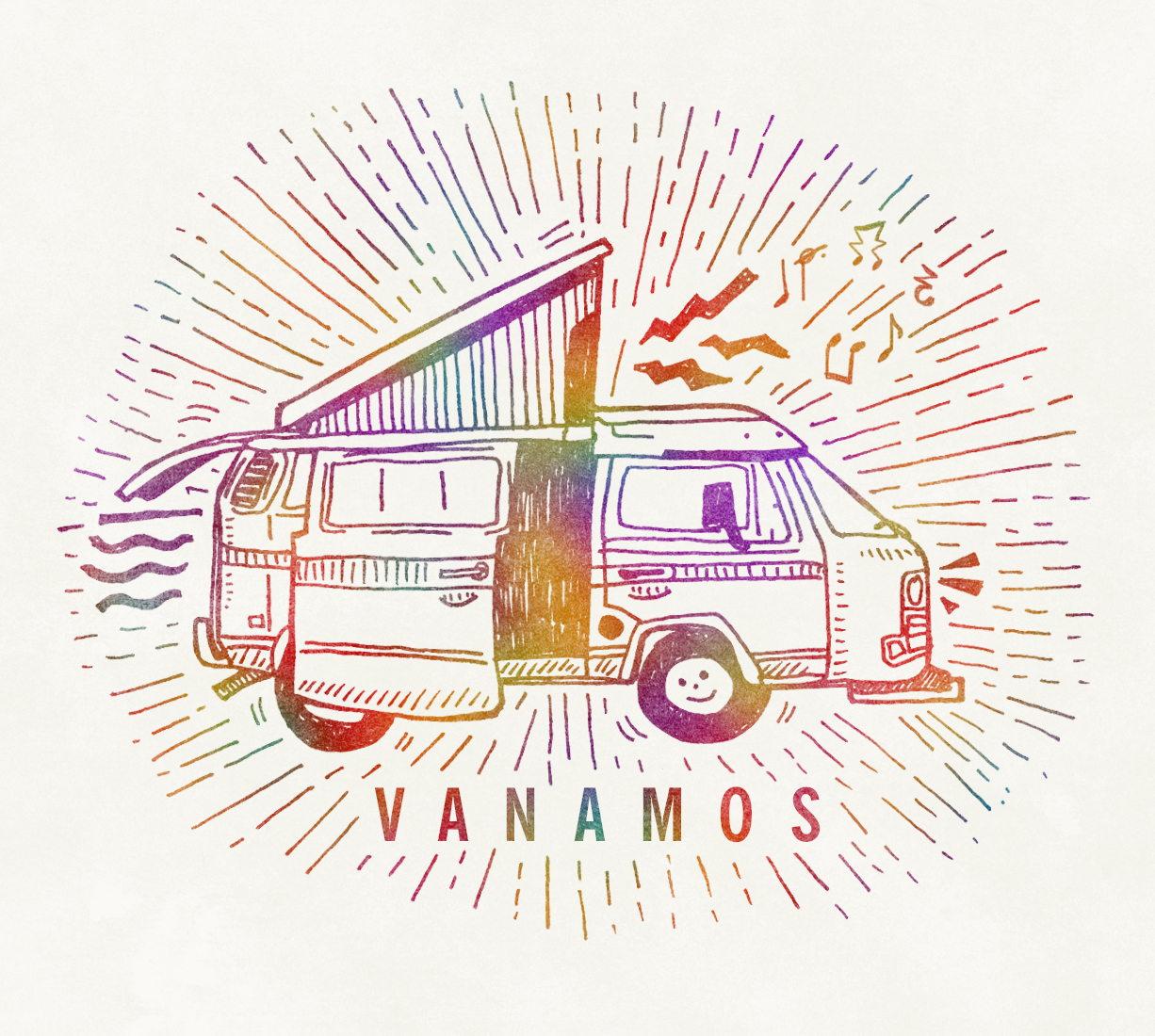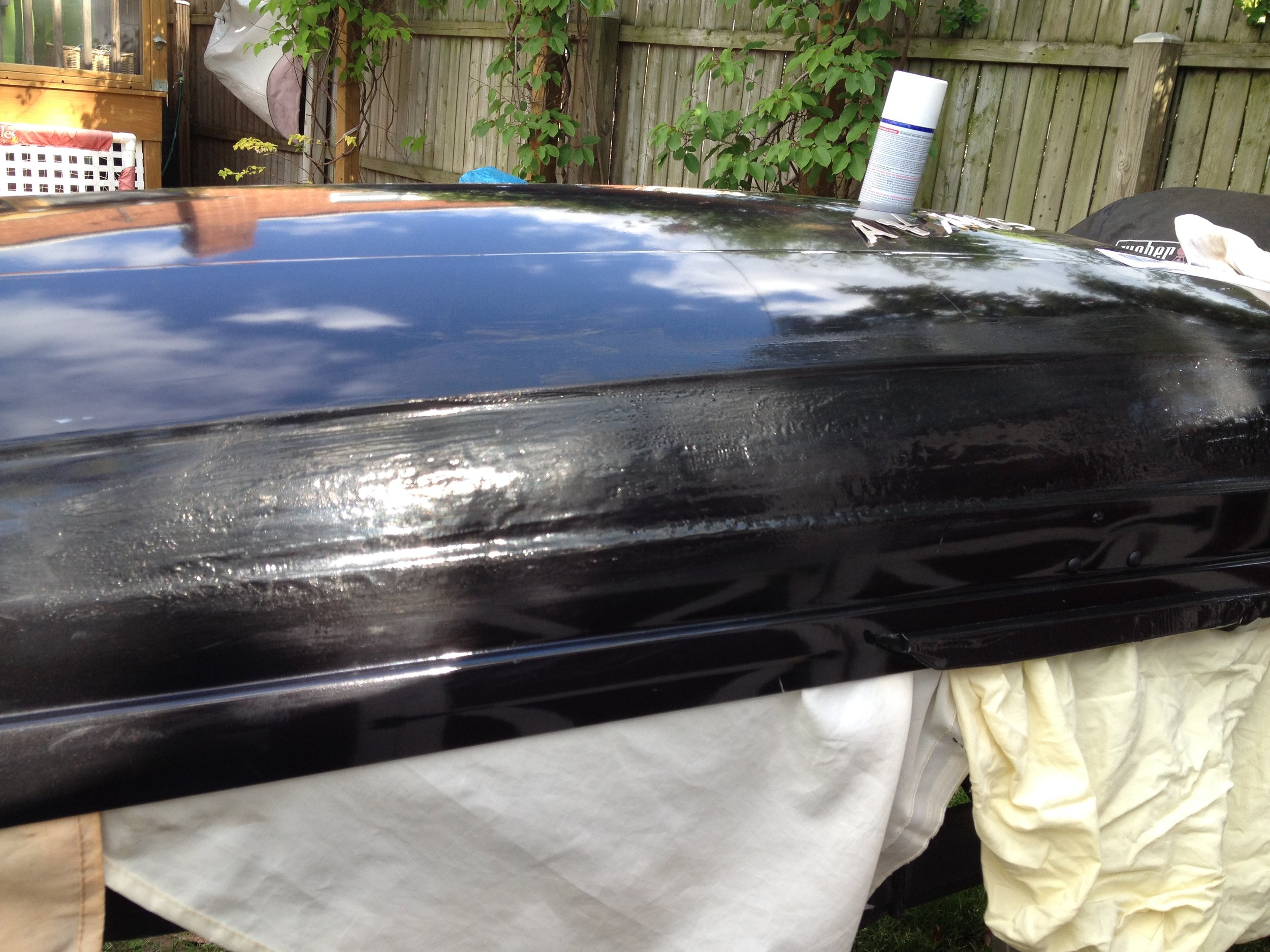yes, but how much does this cost?! Our answer is $51,847.
Our lifelong philosophy is to be cheap so when we started saving for our trip there wasn't a lot we needed to do differently. We didn't have to cut out a Starbucks habit because we didn't have one to start. There was no cable TV subscription to cancel or car lease to renegotiate. And we didn't buy a book about how to save for long term travel. The purchase of a book like that seems the antithesis of how to save for long term travel.
At a time when house prices were rising and banks were giving away money like it was junk mail we bought a house on the wrong side of the tracks that we could afford. We took hand me down furniture which we still have fifteen years later even though most of the dresser handles have fallen off. We left the really ugly ceiling fan that came with the house in place even though the first thing R said when we looked at the bedroom was, “That fan has got to go.”
Our expenses saw an uptick once the stork brought Coconut and J, but we stayed true to our nature. The kids were breastfed for as long as R could stand it, and we used cloth diapers only long enough to train them to use the toilet. We left the plastic crap that can overwhelm a living space at the toy store and let the grandparents buy the things we thought the kids needed but couldn't get at the thrift store. The kids chipped in too; Coconut cut her own hair a few times and J wore his sister’s skirts for a year.
This was all before the notion that we would take a year off had even hatched. Once we decided on a hard and fast date of departure, we continued to live like we were raised, like we always did. We cooked our own food and cleaned our own house and willingly accepted hand me downs as styles went out of fashion. I continued to brown bag my lunch and drink cheap beer.
That said, not spending money became easier when we weighed our purchases against what that money would get us on our trip. $50 for our family to go to the movies = ziplining in Costa Rica. It also became easy to say no to purchases as we started purging our possessions. We had always generally chosen experiences over things but we honed in with laser precision and even skipped frivolous Christmas presents in favor of practical items that we would use on our travels.
When we were a year out from departure, we had saved enough money to buy a (reasonably priced) van, fix and modify it, and still have enough left over to get us through the year. Without knowing the relative cost of living in any of the countries we planned to visit, we picked $100 as our daily budget. It was a nice round number that divided easily by four.
Depending on how many days in a month, it figures to be around $3,000 a month and for the most part we hit the bull’s eye. Over 12 months, our total expenditures were $36,247.
While on the road, I often agitated to do things even more cheaply than we were, but my family has expensive tastes. They like two scoops of ice cream instead of one, hostels with private bathrooms instead of shared, and electricity. They get this “nothing is too good for me” attitude from my wife.
As I said, overall we spent $36,247 on the year (including $1,200 on airline tickets from Costa Rica to the United States in March 2016.) I do not include in that total 1) the cost of the van ($6,500), 2) initial repairs to make it road ready (about $7,000), and 3) health insurance ($2,100). These three expenses add another $15,600, but these costs were incurred prior to our departure on August 1, 2015, so they don’t count.
Here is the line graph showing our monthly spending. The month we spent the most was March, but the total includes $1,200 for four airline tickets to the United States. If you subtract that amount from the $3,987 monthly total, we spent $2,787 in the month. This is right in line with our target.












